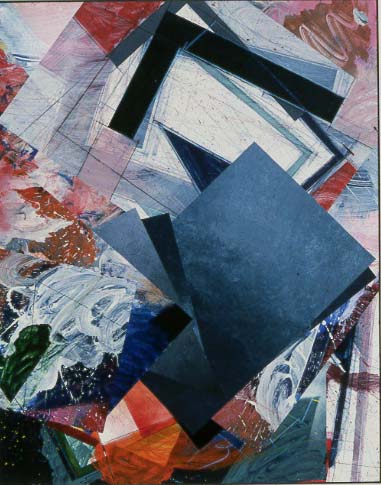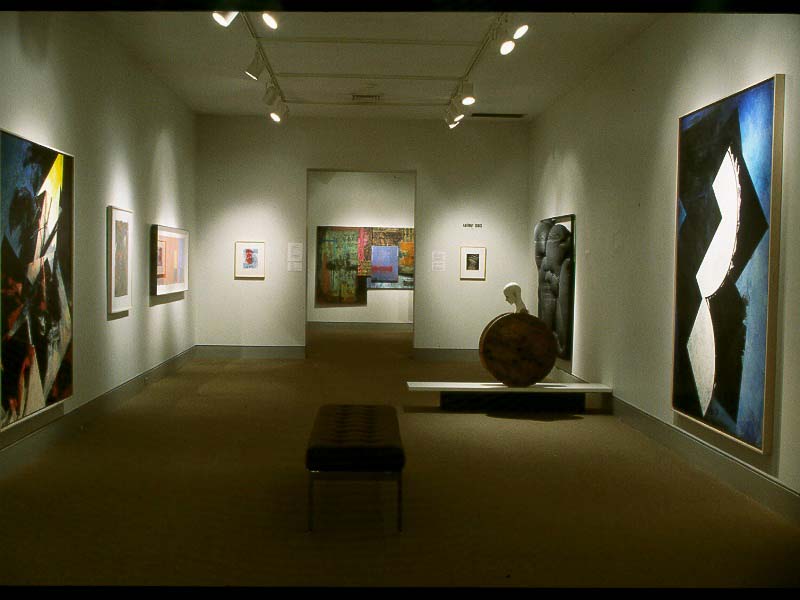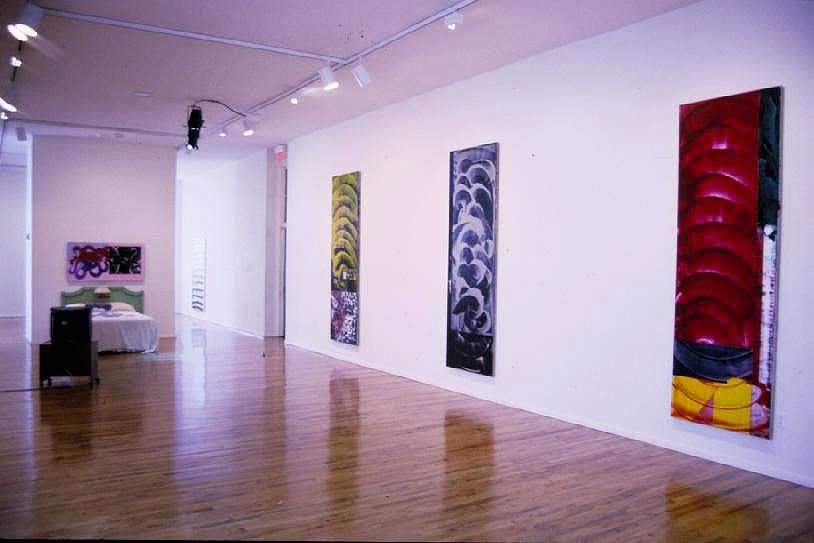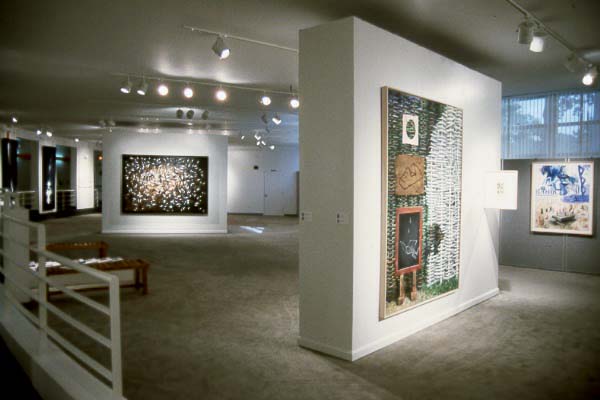A Brief HistoryIn 1982, Marilyn and Richard Maslow, with the professional guidance and consultation of Anthony and Gloria Sorce, began to research and study a range of possible avenues for collecting art. The decision was eventually made to focus on Contemporary Art, primarily American, with an emphasis during the first few years on collecting high quality prints by the most recognized and important American artists of the 60s and 70s. By the mid 80s the Collection rationale began to include paintings and other works on paper by emerging young artists exhibiting in New York City galleries. Additional information on the development of the Collection As The Maslow Collection grew during the 80s it was housed and installed in the corporate headquarters of InterMetro Industries Corporation, Wilkes-Barre, Pennsylvania, a company then owned by the Maslows. At that time the Curator for the Collection was Deane Berger, and during her tenure as Curator cataloging of the collection began, as well as the initiation of numerous educational programs and tours, enabling diverse segments of the public to experience the Collection. This was consistent with the original mission established by the Maslows to make the Collection a vital and meaningful resources within the community at large. In addition to programs at the InterMetro headquarters, two major exhibitions drawn entirely from The Maslow Collection were held at the Sordoni Art Gallery, Wilkes University in 1988 and 1989. These two exhibitions examined American Art since WW II. During this period of time, with the continued guidance of Anthony and Gloria Sorce, the Maslows began to amass a major contemporary art collection, always with an eye to both the depth and breadth of the Collection. In the early 90s Melanie Lumia took over the curatorial responsibilities of the Collection and extended the programing and archival documentation of the Collection. Then in the mid 90s Robert Schweitzer was brought in as Curator. The Collection has since been fully computer cataloged and moved into climate controlled storage. During the late 90s the Collection had been exhibited on a regular basis at the Everhart Museum in Scranton, Pennsylvania, providing a range of thematic installations which were used by professors at The University of Scranton to teach specifically designed courses related to the exhibitions. Additionally an internship program has been initiated with Marywood University (also located in Scranton) to provide students with hands-on experiences in curatorial training and research. Additional information on loans from the Collection prior to 1998 The importance and quality of the Collection is further evidenced by the numerous loans of works from the Collection to major exhibitions throughout the United States. In the beginning of Fall 2008, The Maslow Collection moved to Marywood University where it is utilized as a learning laboratory, providing fieldwork experiences, internships and opportunities in curatorial and exhibition studies for Marywood students through the Arts Administration program. The Collection also enables faculty in art history and studio arts to request individual works for presentation and student discussion in the Maslow Study Gallery. At Marywood, The Maslow Collection continues to be a major resource to the larger community, loaning works to regional and national exhibitions, as well as being available for professional research and study. |
Polarities, 1983 - Anthony Sorce
Exhibition at the Everhart Museum in 1998: "In Focus: Three Artists from The Maslow Collection"
1999 loan of No.230 (for Beccafumi), 1985-6 by David Reed to P.S.1 for the exhibition "David Reed Paintings: Motion Pictures"
Ambiguity: Layers of Information A student curated exhibition developed through an intership program with Marywood University, Scranton, Pennsylvania.
|





